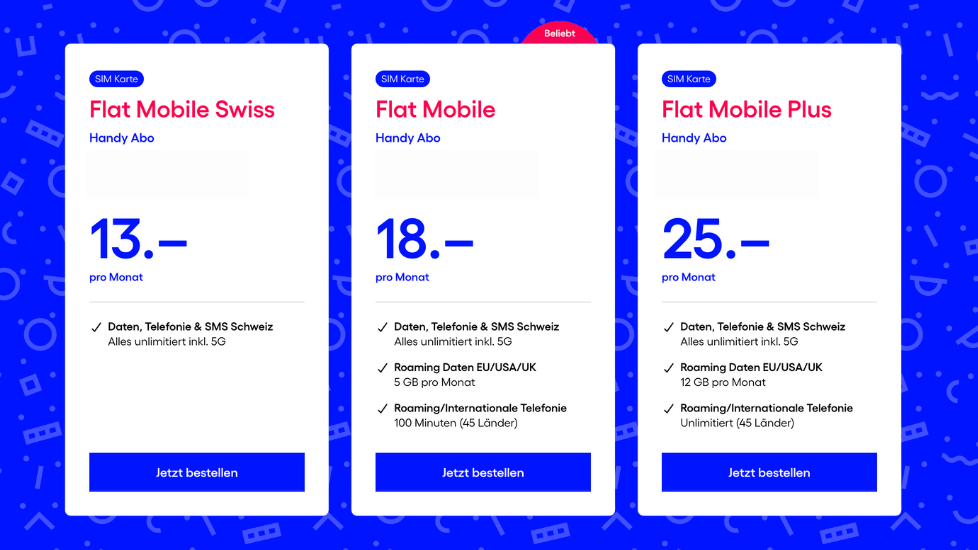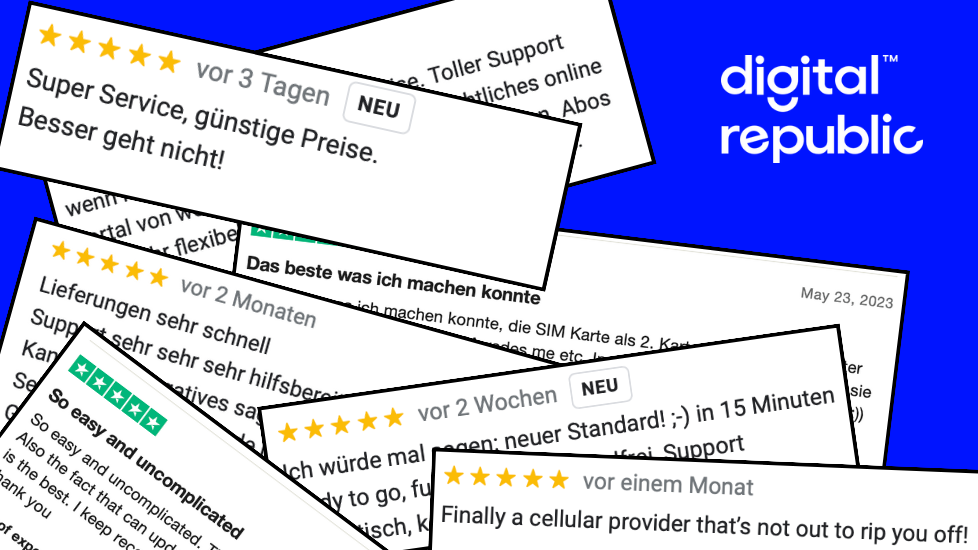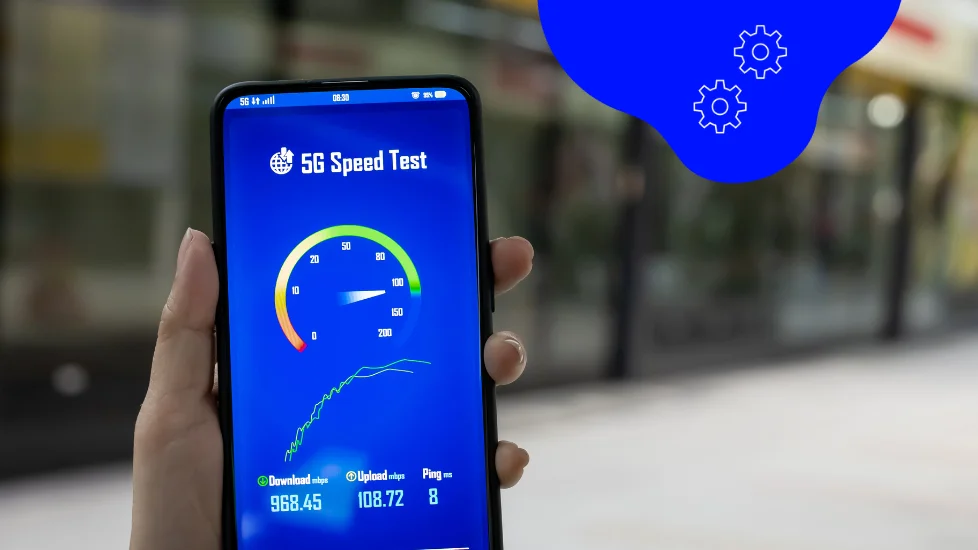Mobile internet for everyone and everything
The eSIM is gaining ground – at least for the iPhone
The eSIM has been around for years. Almost two years ago, we were one of the first providers in Switzerland to introduce the eSIM. However, it has not fully established itself in Switzerland – despite all its advantages. However, this could soon change – and in a stroke. The eSIM is coming up with more and more new features, and the headlines about a next-generation iPhone without a SIM card slot are becoming more and more frequent.
The eSIM is gaining in features
Many have relied on the eSIM to use the smartphone as a Dual SIM. In other words, it allows you to have two phone numbers on one smartphone. This is a great advantage for our business customers in particular, so they don’t always have to carry two phones around with them. Until now, this only worked together with a physical SIM card. Since the iPhone 13, Apple has introduced the ‘Dual-eSIM’ function. This means that you no longer need a physical SIM card to use the popular dual-SIM feature. The last advantage of having a physical SIM card at all has dropped.
Transferring an eSIM to a new smartphone was also only possible by contacting the mobile carrier until now. That means using the eSIM was more complicated than simply removing the physical SIM card and inserting it into the new iPhone. Again, Apple has already remedied this with the upcoming iOS 16 software update. The new ‘eSIM transfer’ functionality allows users to simply transfer their existing eSIM to the new iPhone via Bluetooth with just one click. This gives customers the power to manage their SIM profile themselves, without any intervention from the provider.

Will the latest Apple iPhone come without a SIM card slot?
If you trust the numerous headlines in online news and the relevant Apple forums, the next iPhone generation 14 without a SIM card slot will be launched as early as this fall 2022. Apple has already taken the measure of eliminating the last disadvantages of the eSIM, the dual-SIM function only with a physical SIM card and the cumbersome eSIM transfer. This has paved the way for the breakthrough of the eSIM.
At Digital Republic, we’re ready!
Discover Our Other News Articles

The Development of Our Ideal Cell Phone Plans for Switzerland
The path to the current Trio Flat Mobile Swiss, Flat Mobile, and Flat Mobile Plus cell phone plans is also an example of how Digital Republic wants to function as a provider and where its priorities lie. We have quickly transformed ourselves from a pure data SIM provider to a cell phone plan provider. And we have completely rethought the development process.

The Affordable Mobile Provider With Award-Winning Service
When it comes to mobile providers in Switzerland, the wheat is often separated from the chaff when it comes to price. Either you pay little for your subscription and do without services like support or 5G, or you go to one of the big providers and pay more than you might like. At Digital Republic, you get both!

Why 5G Is Not Always Equally Fast
Sometimes fast, sometimes slow, sometimes suddenly 4G again. The network indicator on your smartphone suggests that it is connected to the internet via either 4G or 5G. In fact, a complex mechanism and a lot of communication between your smartphone and the network is taking place in the background to ensure that you always have the best possible connection.
